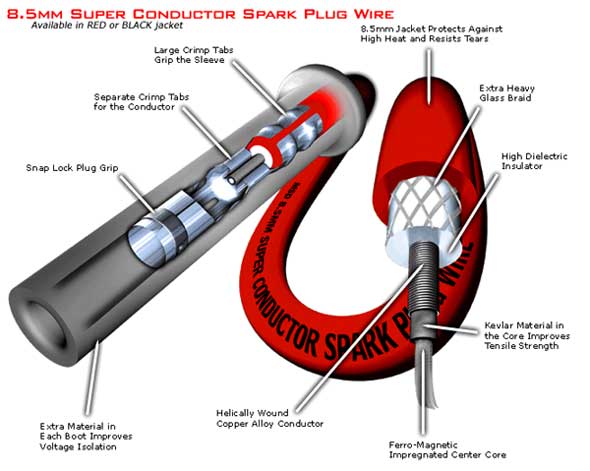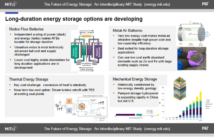A superconductor is an element or a metallic alloy which, when cooled to absolute zero (zero on Kelvin scale and -273.15 in Celsius) or even close to it, lose all electrical resistance. Superconductors can permit the flow of electrical current that too without any energy loss, this current is known as a Super-current.
The first theoretically proven and accepted theory of Superconductivity (ability of certain materials to allow the flow of electric current with practically zero resistance) was advanced in the year 1957 by three American physicists, John Bardeen, Leon Cooper, and John Schrieffer, hence the name BCS theory. This complex theory demonstrated superconductivity at temperatures near absolute zero for simple alloys and elements. The BCS theory cannot explain the supercunductivity of some elements at high temperatures.

Contingent on their behavior in an external magnetic field, superconductors fall under two categories:
a) Type I superconductors: Superconductors which quite easily lose their superconductivity when brought under external magnetic field are known as Type I superconductors, also known as Soft superconductors. Example of Type I superconductors: Zinc (Hc = 0.0054), Aluminum (Hc = 0.0105 Tesla), where Hc is the critical magnetic field.
b) Type II superconductors: The type of superconductors that lose their conductivity, but not as easily or abruptly as Type 1 superconductors, hence also known as the Hard Superconductors. Examples include: Babi3 (Hc = 59 x 103 Tesla), NbN (Hc = 8 x 106 Tesla). This type is used for strong field superconducting magnets.
Some High Energy applications of Superconductors:
a) High-field magnets for research applications
b) Marine propulsion applications
c) Magnetic Levitating coils for high-speed ground transportation
d) Magnetic Resonance Imaging (MRI) which requires extremely uniform magnetic fields
e) Coils for windings in motors and generators
f) Magnetic containment fields for thermonuclear fusion research
g) Superconducting Magnetic Energy Storage
Related Articles:



